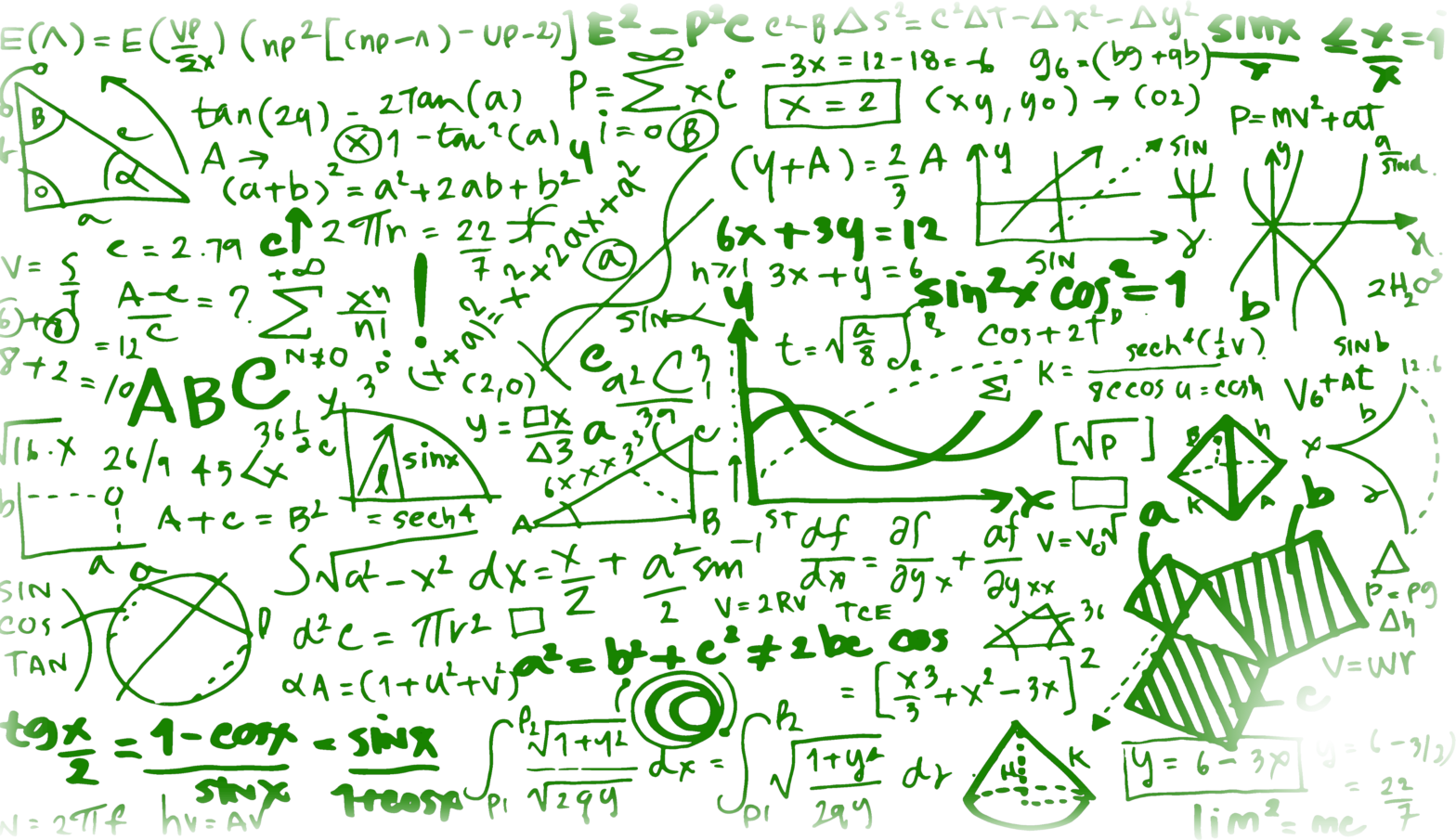Principles of Mathematics | MPM1D
- Grade: 9
- Credits: 1.0
- Type: University Preparation
- Language: English
- Prerequisites: None
- If you are a student already enrolled in an Ontario High School, please contact your school about taking courses with Rutherford Private School.

-
LevelBeginner
30-Days Money-Back Guarantee
Course Overview
This course enables students to develop an understanding of mathematical concepts related to algebra, analytic geometry, and measurement and geometry through investigation, the effective use of technology, and abstract reasoning.
Students will investigate relationships. which they will then generalize as equations of lines, and will determine the connections between different representations of a linear relation. They will also explore relationships that emerge from the measurement of three-dimensional figures and two-dimensional shapes.
Students will reason mathematically and communicate their thinking as they solve multi-step problems.
Course Expectations:
By the end of this course, students will:
Number Sense and Algebra:
- Demonstrate an understanding of the exponent rules of multiplication and division, and apply them to simplify expressions.
- Manipulate numerical and polynomial expressions, and solve first-degree equations.
Linear Relations:
- Apply data-management techniques to investigate relationships between two variables.
- Demonstrate an understanding of the characteristics of a linear relation.
- Connect various representations of a linear relation.
Analytic Geometry:
- Determine the relationship between the form of an equation and the shape of its graph with respect to linearity and non-linearity.
- Determine, through investigation, the properties of the slope and y-intercept of a linear relation.
- Solve problems involving linear relations.
Measurement and Geometry:
- Determine, through investigation, the optimal values of various measurements.
- Solve problems involving the measurements of two-dimensional shapes and the surface areas and volumes of three-dimensional figures.
- Verify, through investigation facilitated by dynamic geometry software, geometric properties and relationships involving two-dimensional shapes, and apply the results to solving problems.
Course Outline
Course Curriculum
Unit 1: Number Sense and Algebra
Operating with exponents. The exponent laws. Collecting like terms. Add and subtract polynomials. The distributive property. Factoring.
-
Lesson 1
-
MPM1D Quiz testing
